About this place
The first recreation area to be developed in the national park, this 700m trail is designed to be accessible for wheelchairs and features interpretive signage, viewing platforms and an elevated boardwalk following the edge of natural rock piles. Visitors are able to view an array of rock engravings, shell middens, grinding stones and other cultural artefacts, with some estimated to be more than 47,000 years old.
The engravings show human images, extinct animal species such as megafauna and thylacines (Tasmanian tiger), as well as existing avian, marine and land animals. These engravings have deep meaning for Ngarda-Ngarli, providing a tangible link to stories, customs and knowledge of their land and resources, connecting them to the events and people of the past and their beliefs today.
The best time for viewing petroglyphs at Ngajarli is late afternoon when the shadows make the shallow engravings stand out.
Safety information
Plan when to visit. Consider travelling with a personal location beacon (PLB). In the event you need to be rescued it could save your life!
Western Shield - The Department of Biodiversity, Conservation and Attractions undertakes 1080 baiting at this location to reduce the impacts of feral cats and foxes on native wildlife.
Meat baits containing 1080 poison are laid in or around this area on an ongoing basis. 1080 is poisonous to humans and will kill domestic cats and dogs. Pets are not permitted in this park.
For further information contact your local Parks and Wildlife Service office or visit Western Shield.
Gallery
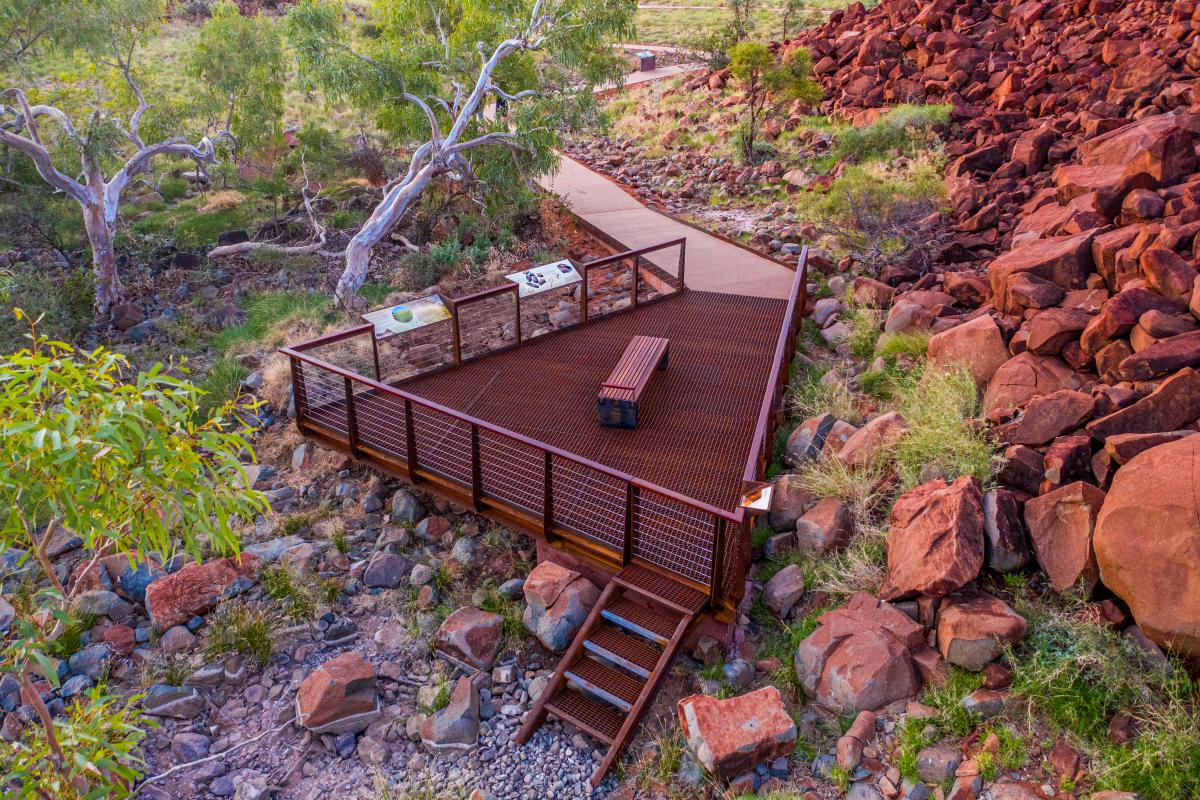
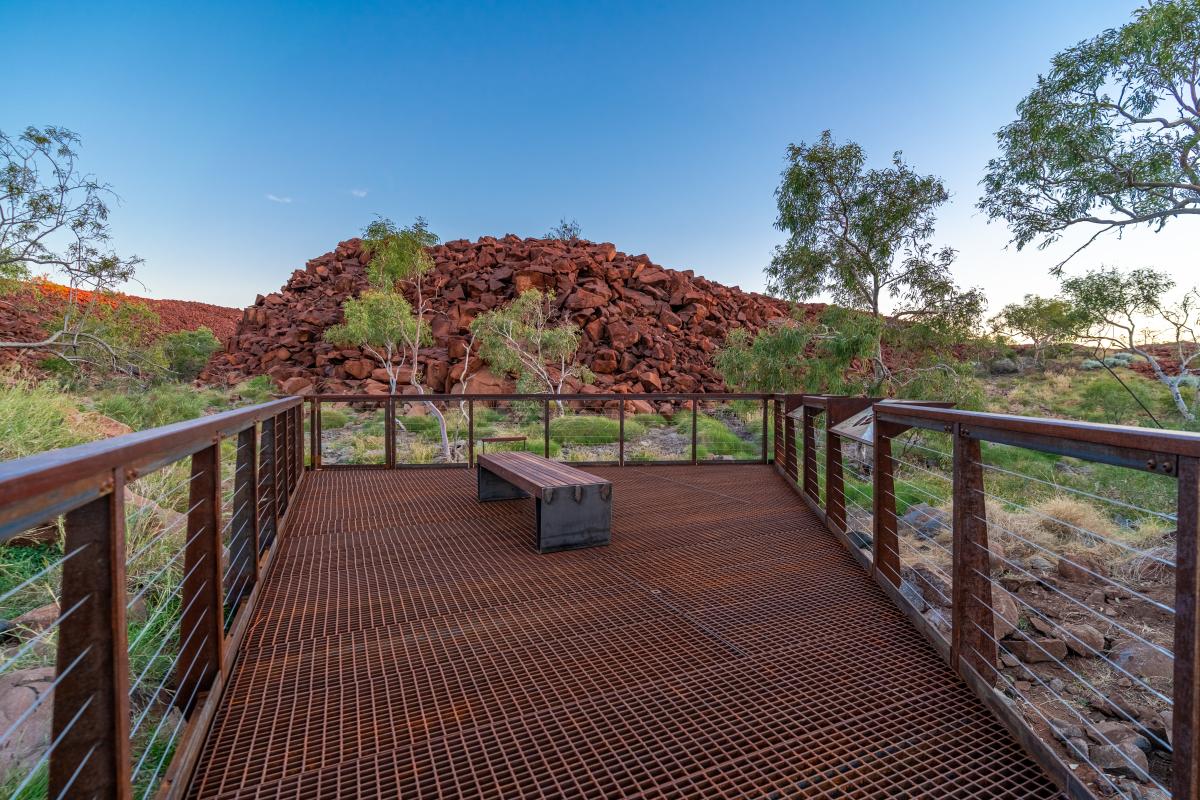

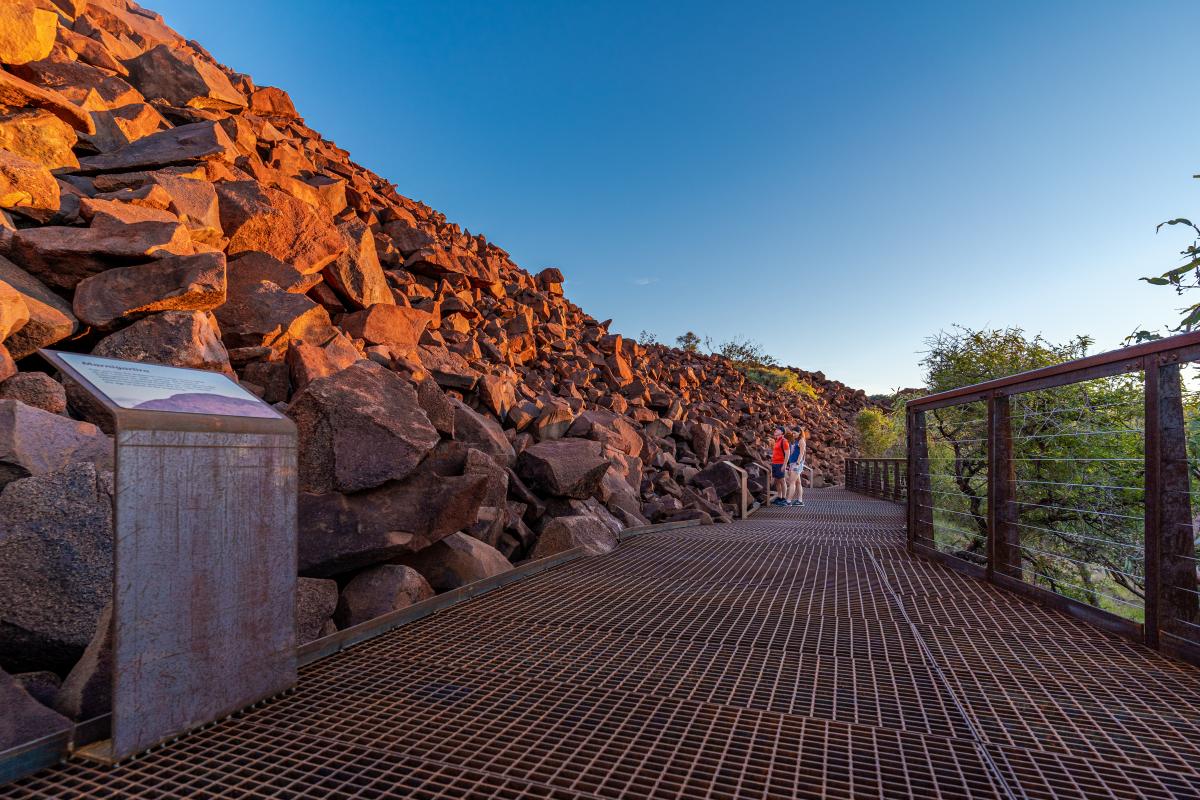
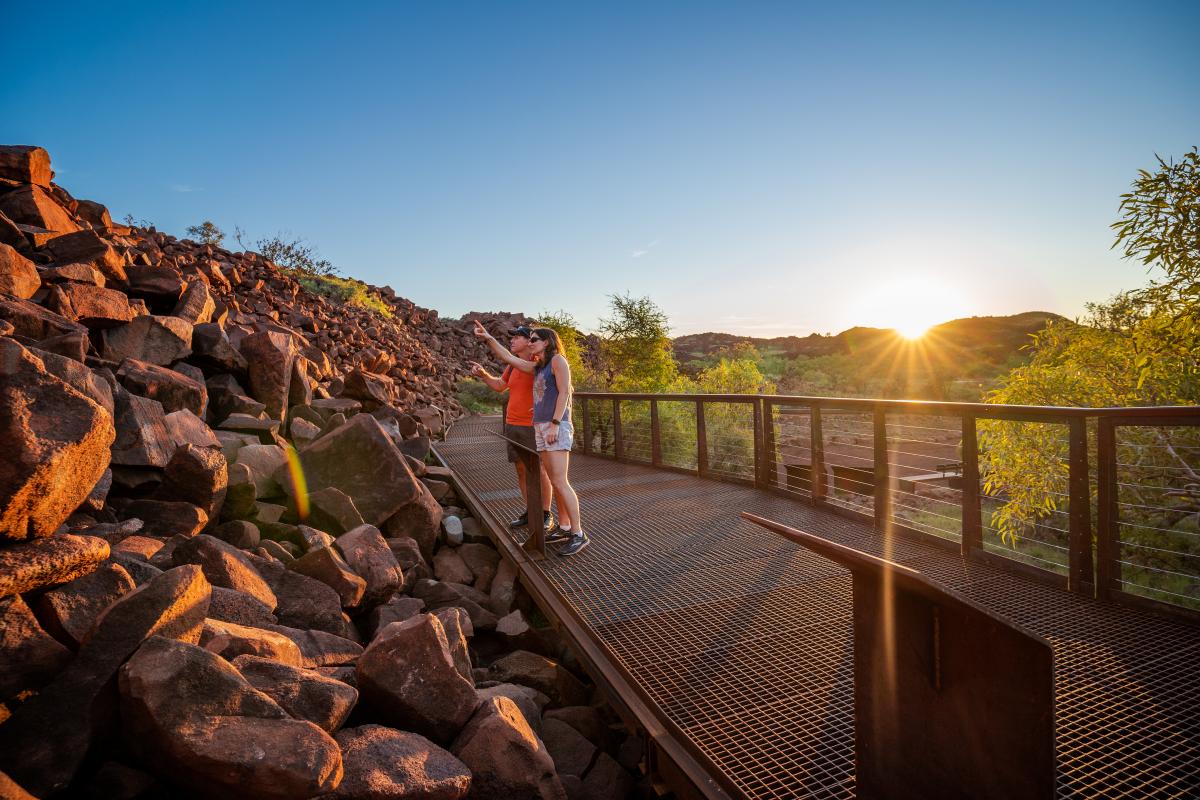

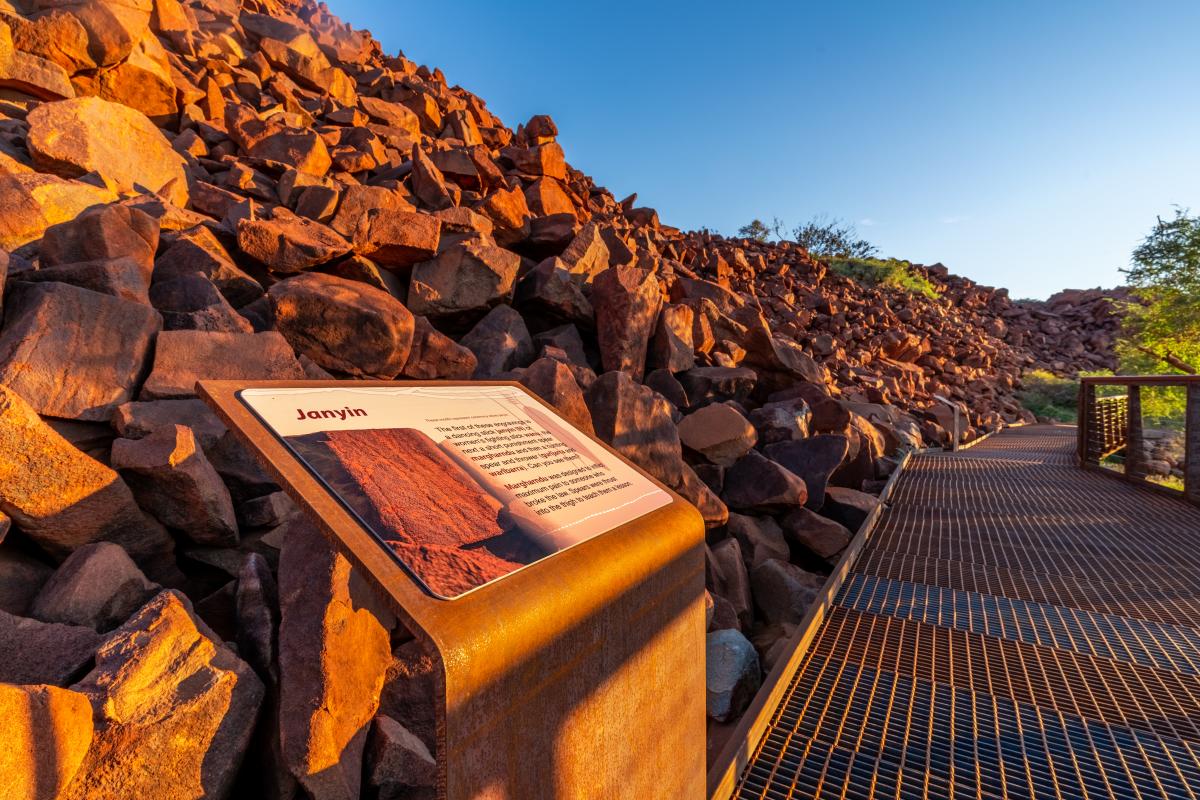
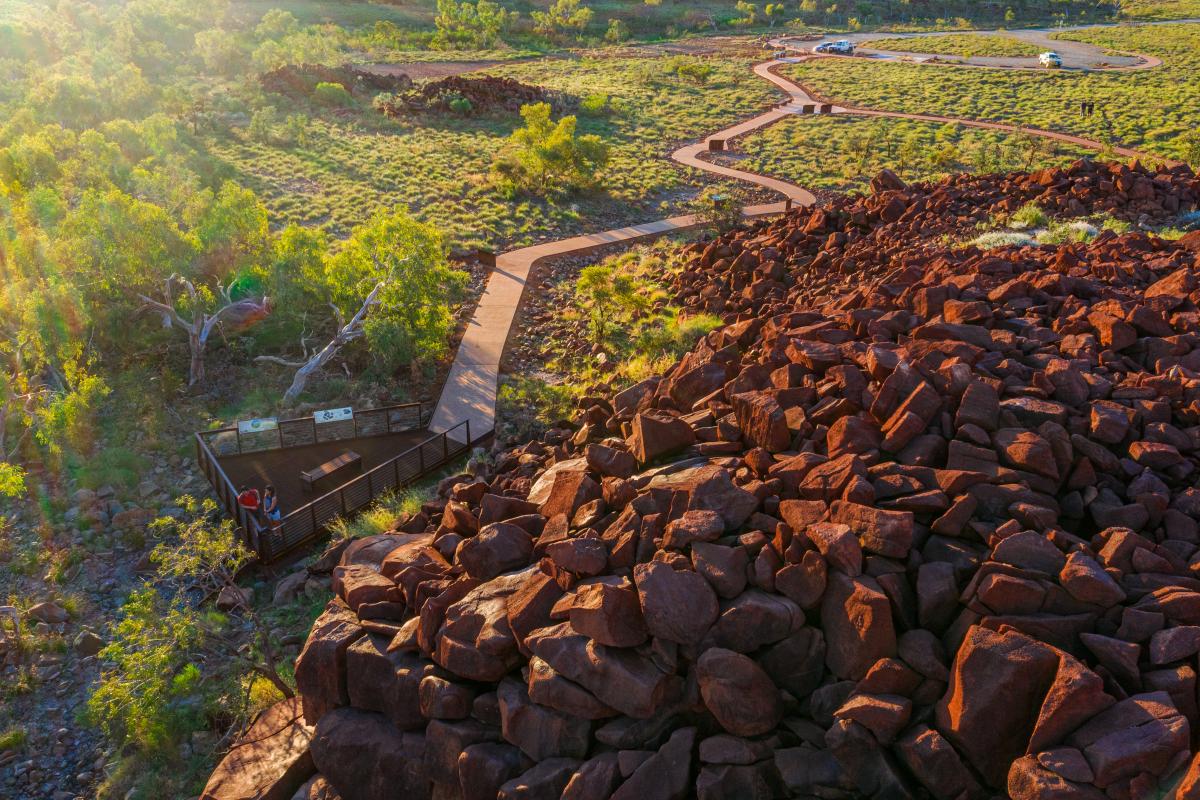
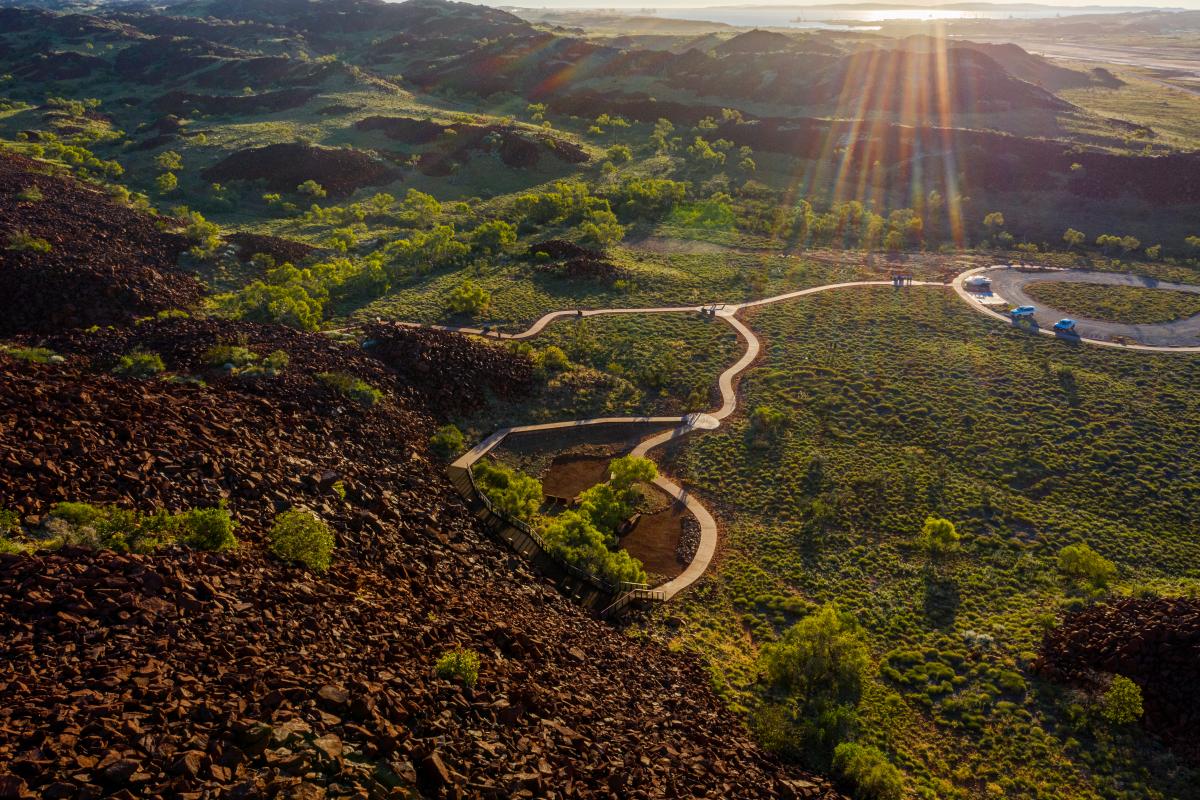
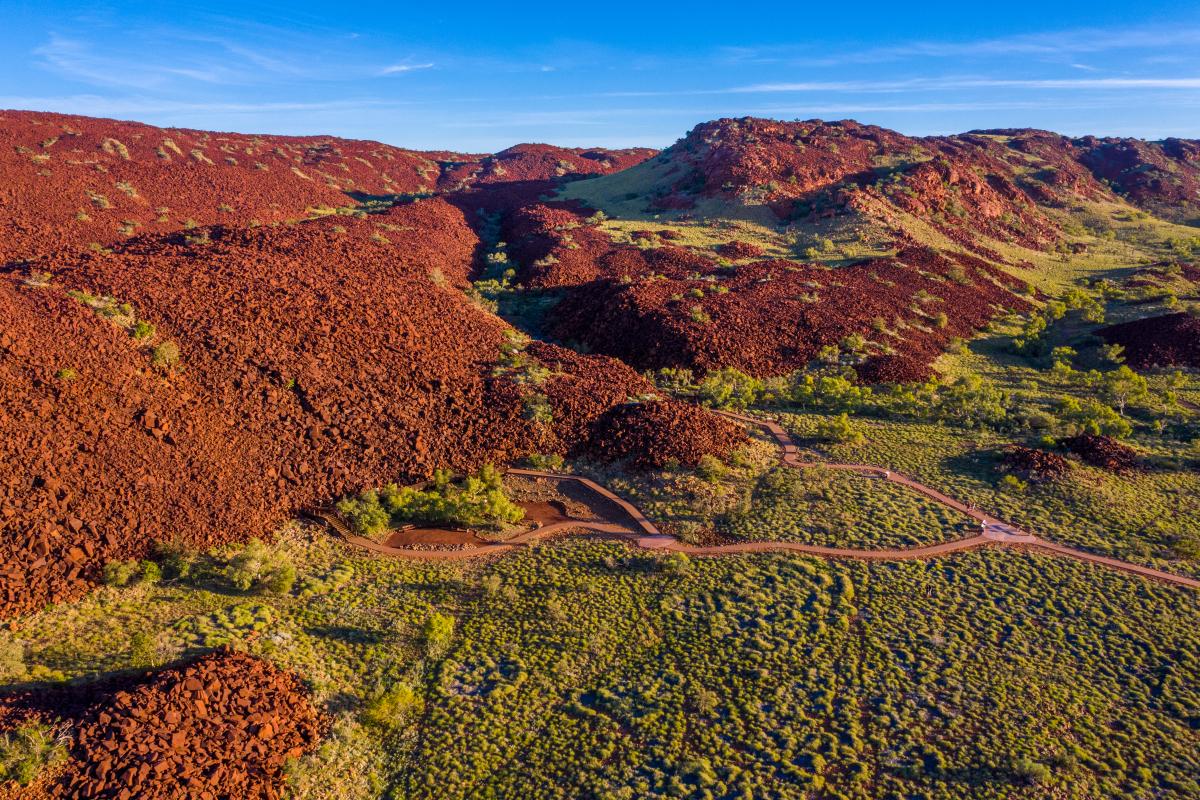
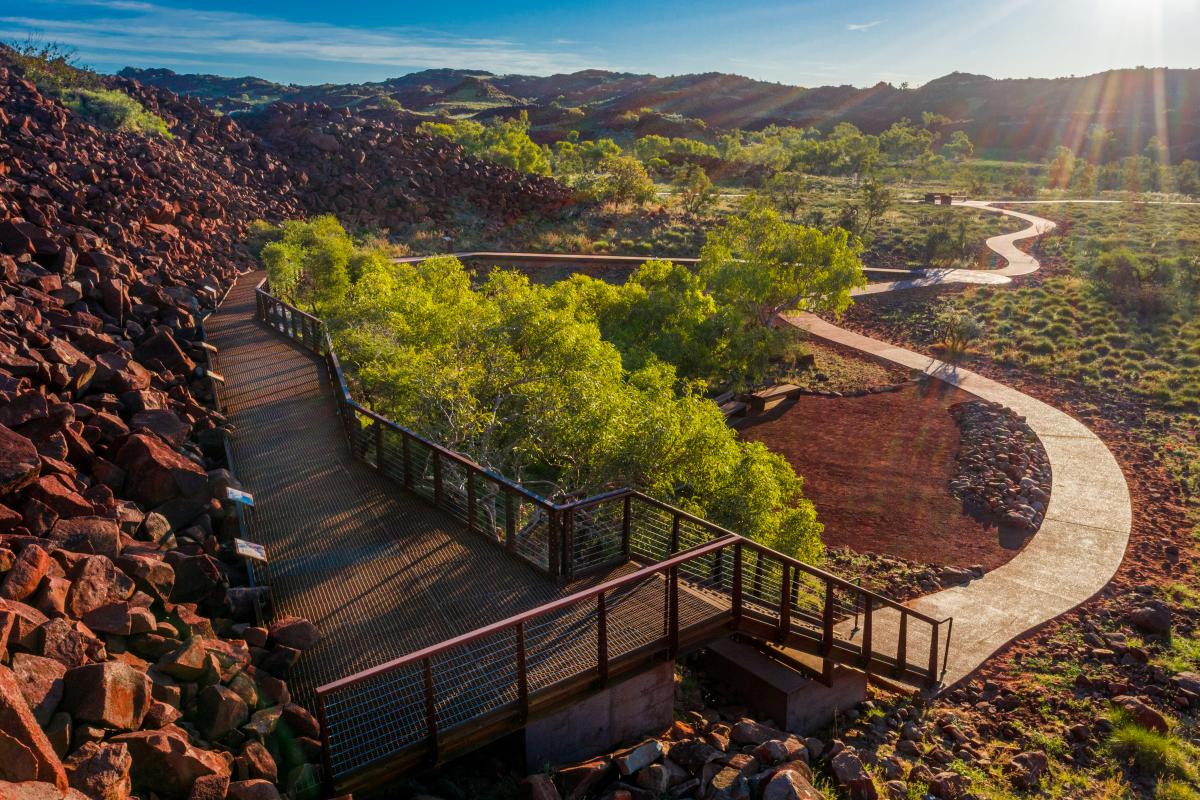
Plants, wildlife and fungi
Visit the Atlas of Living Australia for a list of species recorded within a 5km radius of Nganjarli (Deep Gorge).
Traditional Owners
We recognise and acknowledge Mardudhunera, Ngarluma, Wong-Goo-Tt-Oo, Yaburara and Yindjibarndi people as the Traditional Owners of Murujuga National Park.